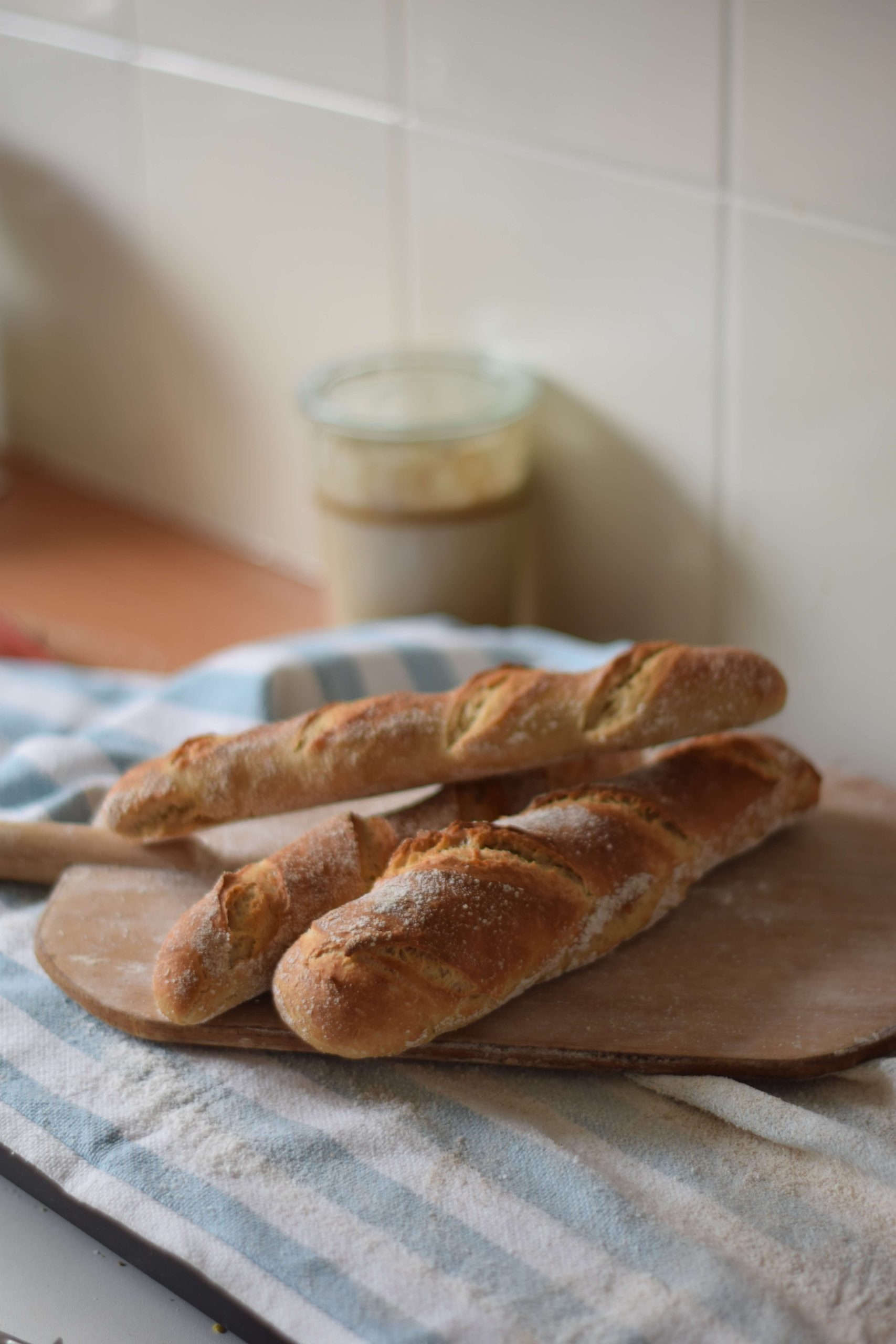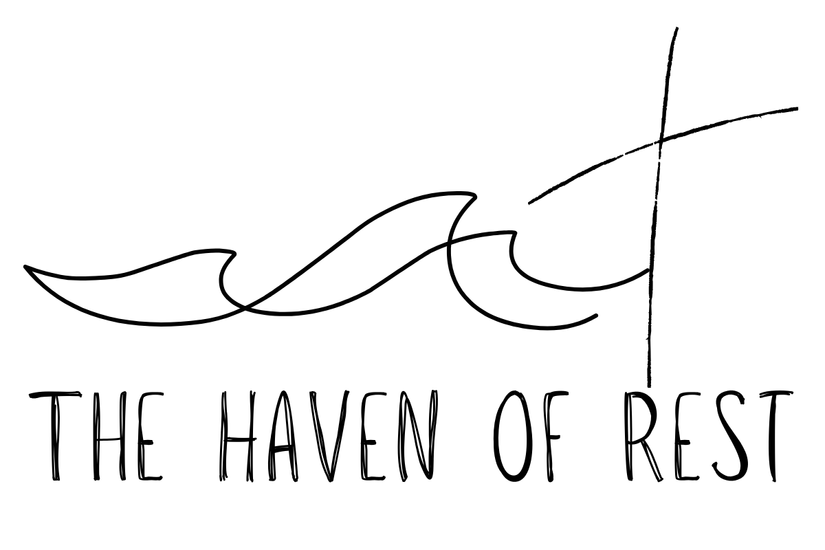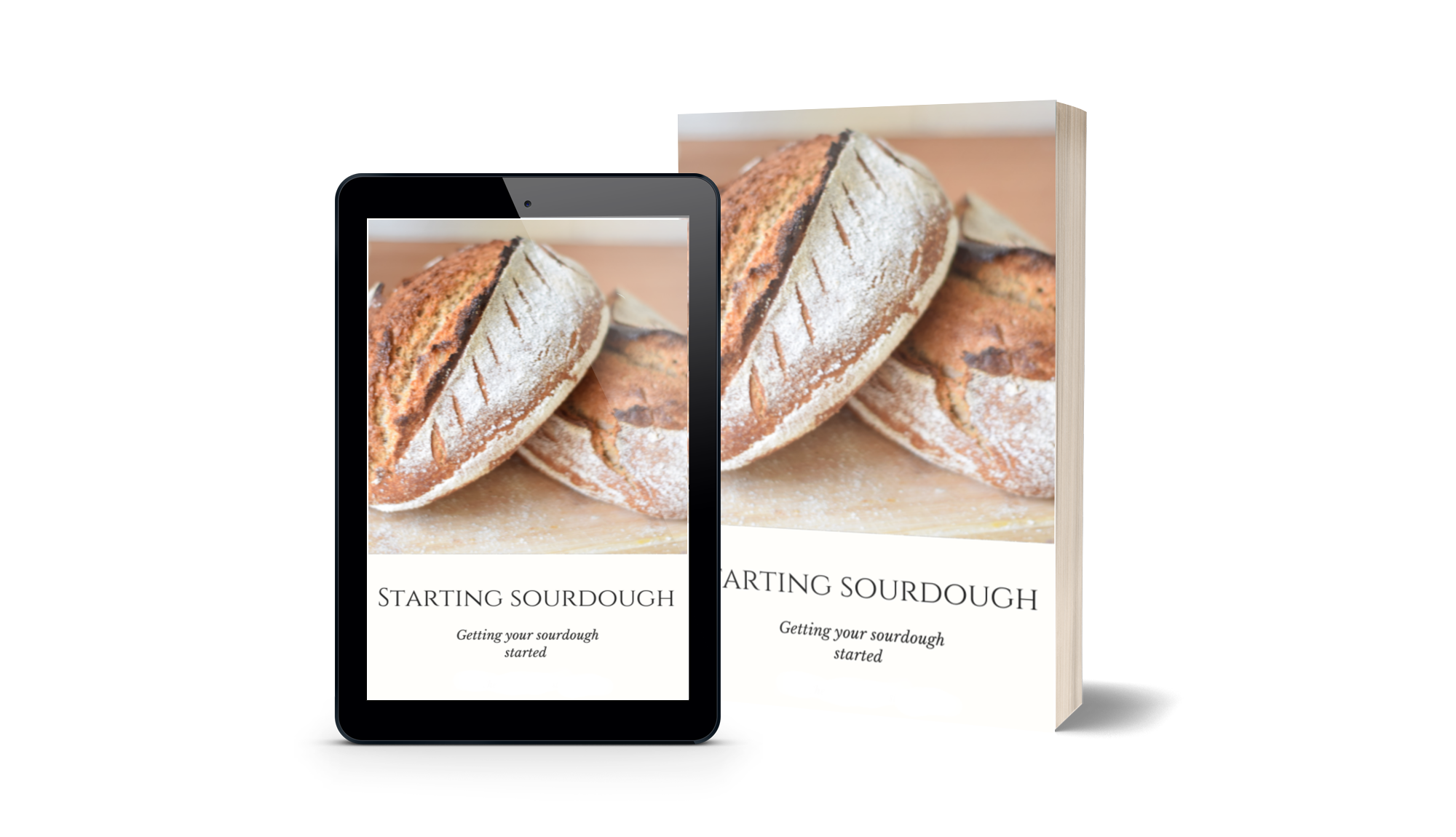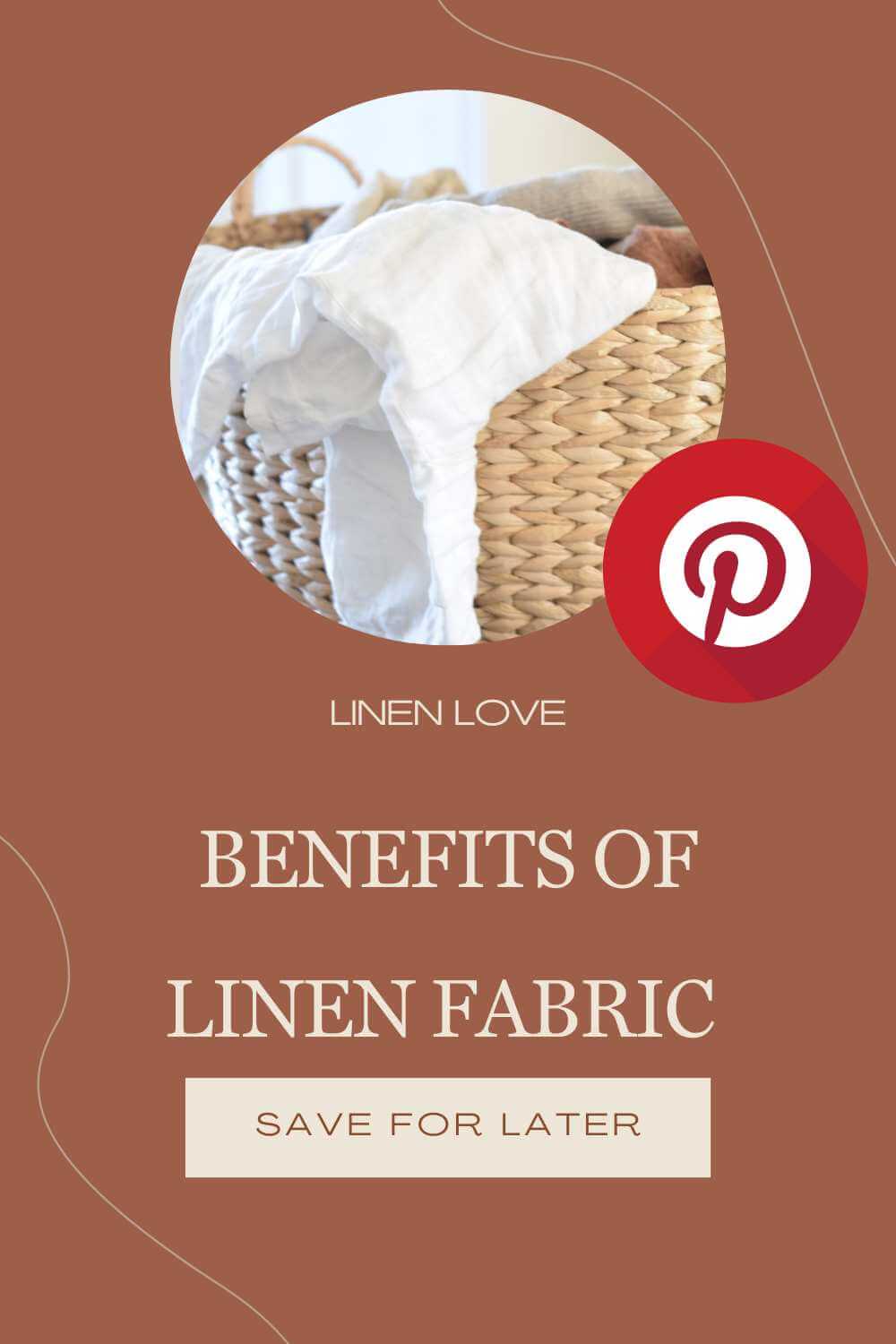Linen fabric has been used for thousands of years due to its many benefits, making it a popular choice in both the fashion and home industries. In this post, let’s explore the benefits of linen fabric for your wardrobe and home. From its natural properties to its eco-friendly production, linen is a smart and sustainable choice. So, let’s dive in and discover why linen is loved by so many!
This post may contain affiliate links. That means I make a small commission for purchases made through these links, at no extra cost to you. All opinions are my own. You can read my full disclosure here.

What is linen fabric?
Linen fabric is a textile material made from the fibers of the flax plant. Flax fibers are long, slender, and cylindrical, and they have a tough and durable structure. These fibers are processed and spun into yarn, which is then woven or knit into linen fabric. One of the great things about the flax plant is that the whole plant is used to produce linen, nothing is wasted. It’s also a strong plant that’s not very prone to diseases, which means linen does not need many pesticides or chemicals to ensure a good harvest, making it also a good choice when sewing linen newborn baby clothes.
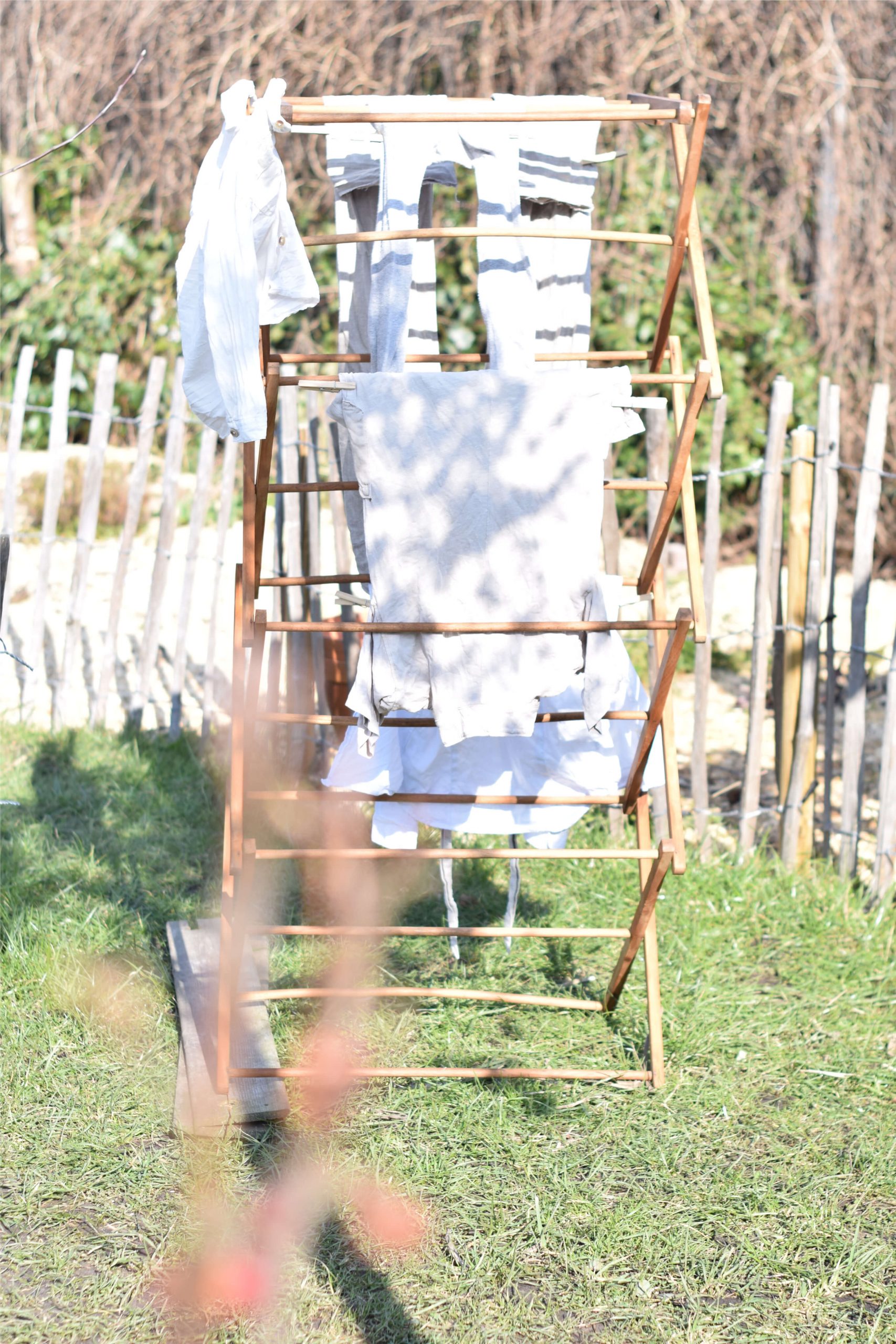
How is linen fabric made?
The process of making linen fabric involves several stages. First, the flax plants are harvested. The fibers are then soaked in water to soften them and make them more pliable. After that, the fibers are combed many times using different combs. At last, the flax fibers are so soft that they resemble silk-like hair. Then, these silky smooth fibers are spun into yarn. The yarn is then woven or knit into a fabric, which is then washed and finished.
Flax fibers
The structure of flax fibers is one of the factors that makes linen fabric so unique. Flax fibers have a high cellulose content, which gives them strength and durability. They also have a unique cross-section that allows air to circulate through the fabric, making it breathable and comfortable to wear. Linen is therefore great to wear in warm weather as it’s so breathable and as opposed to cotton it doesn’t retain moisture as much.
Choosing linen fabric
When it comes to choosing fabrics for clothing and home decor, linen is a popular choice for its many benefits. In this section, we’ll explore why you might want to consider linen for your wardrobe and home.
Linen is a natural fabric made from the flax plant’s fibers. It has been used for thousands of years and is known for its durability, strength, and natural luster. Here are some reasons why you might want to choose linen:

Benefits of linen fabric for clothing
Thanks to its breathability and moisture-wicking properties, linen clothing is a popular choice for hot weather. It can help keep you cool and comfortable, even on the hottest days. Linen is also hypoallergenic, making it a great choice for people with sensitive skin. Usually, linen is available in a lot of different colors, but personally, I love the softer tones. It pairs so well with the natural look and feel of the linen fabric.
Linen gets softer the more you wear it. And, when you finally found the time to make yourself a lovely linen dress, you’ll have a dress that will last because linen is very durable.

Linen clothing for babies and children
Linen clothing isn’t just great for adults – it’s also an excellent choice for babies and children. Linen is a natural, breathable fabric that is perfect for the summer months. It’s also hypoallergenic, which is particularly important for babies and children with sensitive skin.
Another benefit of linen is that it’s durable and can withstand a lot of wear and tear, which is particularly important for children’s clothing. I think every mom knows those knee patches that you better buy in bulk if you have boys. Clothes made of a sturdy fabric definitely help. As a mom, I know how choosing the right, natural materials for your baby’s clothes is important. And let me tell you that linen, next to wool, is my favorite! Not only is it super soft and comfortable for newborns, but it’s also breathable, which is nice for those hot summer days. But even when the sun hides for the day, the look and feel of linen are just timeless and beautiful.
Overall, linen clothing is a comfortable, practical, and stylish choice, even for babies and children.
Benefits of linen fabric for home decor
Linen is also popular for home decor, you can use linen for bedding, curtains, and tablecloths, napkins, and so much more.
Linen bedding is highly breathable and moisture-wicking, helping to regulate your body temperature while you sleep. However, linen bedding can become quite costly. Another good option would be to go for a heavy, quality cotton & linen blend.
Linen curtains can add a touch of elegance to any room, while linen tablecloths are very durable. These make great beginner sewing projects. Especially if you like to work with natural sewing materials, linen is a great fabric to use.
Benefits of linen fabric compared to other fabrics
When compared to other fabrics, linen stands out for its comfort, durability, and environmental impact. Compared to cotton, linen is stronger and more durable, while also being more breathable and moisture-wicking. Linen is also a more eco-friendly option than synthetic fabrics, as it is biodegradable and requires less water and pesticides to grow.
Overall, linen is a versatile and practical choice for both clothing and home decor. With its many benefits and natural properties, it’s no wonder that linen has remained a popular choice for thousands of years, including in our home. I think the look is just lovely. It looks rustic, and calm and, due to linen being a 100% natural fabric it pairs well with other natural materials like wood, glass, and wool.
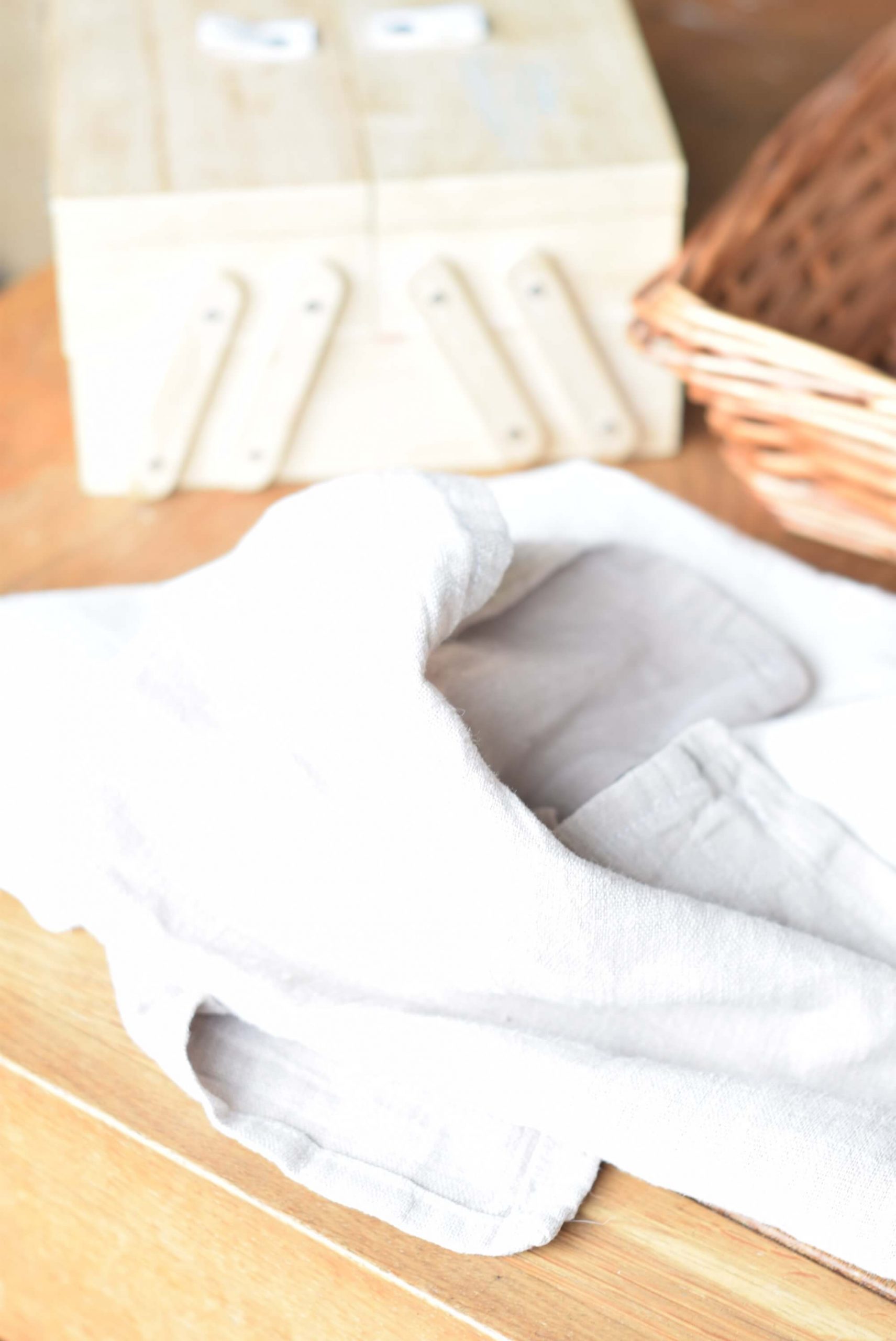
Caring for linen fabric
Linen fabric is a delicate, but durable natural material that requires proper care to maintain its quality and durability. To ensure that your linen clothes, bedlinen, or other home decor items stay in good condition for years to come, it’s essential to take proper care of them. Here are some tips to keep in mind:
Proper washing and drying of linen fabric
When washing linen fabric, it’s best to use lukewarm water (definitely not very hot) and a mild detergent or homemade laundry soap. Avoid using bleach or fabric softeners, as they can damage the fibers and cause discoloration. In case you need to remove stubborn stains, it’s better to use ox gall soap or oxygen bleach. It’s also important to avoid using hot water or high heat when drying linen, as it can cause shrinkage, and damage the fabric. Instead, tumble dry on low heat if you have a dryer. But, fresh air is best. So, if you have the chance hang the linen garment or whatever linen-made items you’ve washed, to air dry outside.
Final thoughts
Linen fabric is a versatile and sustainable choice for both clothing and home decor. It is comfortable and durable and has natural properties that make it ideal for hot weather and sensitive skin.
Linen clothes such as aprons and timeless dresses are great for homemakers, while linen clothes for newborns and children are soft and gentle on their delicate skin. Linen tea towels are also popular for their absorbency and durability, making a great beginner’s sewing project.
Oh, and for the home baker… Linen makes great baker’s cloths and lining for proofing baskets!
By choosing linen, you can enjoy the benefits of a natural and eco-friendly fabric that will last for years to come. So next time you’re combing through the thrift store shelves looking for new clothes or home decor, consider the beauty of timeless linen.
